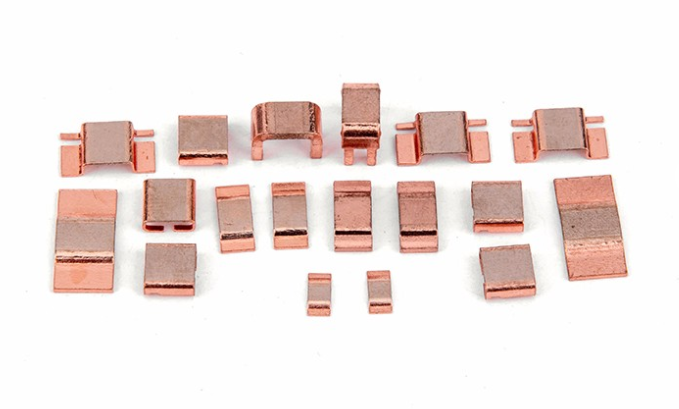
SMD resistance is mainly composed of four parts
Substrate:
The substrate material is generally 96% aluminum oxide ceramics. In addition to good electrical insulation, the substrate should also have excellent thermal conductivity at high temperatures. Electrical properties and mechanical strength. In addition, the base plate is required to be smooth and accurate. Standard to fully guarantee resistance. Electrode paste is printed in place.
picture
Resistance film:
The resistance paste with a certain resistivity is printed on the ceramic substrate and then sintered. Ruthenium dioxide is commonly used as a resistance paste.
Protective film:
The protective film is covered on the resistance film, mainly to protect the resistance body. On the one hand, it plays a mechanical protection role, on the other hand, the surface of the resistance body has insulation, to avoid the resistance and the adjacent conductor contact and failure. In the process of transiting the intermediate electrode, the erosion of the resistance film caused by the transiting liquid can be prevented. Protective film is generally a low melting point of glass paste, by printing sintering.
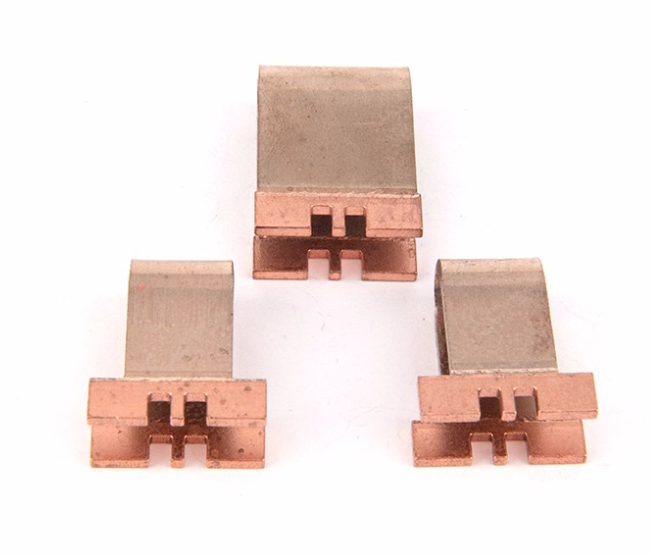
Electrode:
In order to ensure that the resistance of the patch has good weldability and reliability, three layers of electrode structure is generally used: inside. In. Outer electrode. The inner electrode is connected to the internal electrode of the resistance body, the electrode material should be selected and the resistance film contact resistance is small, strong bonding force with the ceramic substrate and good chemical resistance, easy to implement electroplating operations. Generally made of silver and palladium alloy printing and sintering. The intermediate layer electrode is nickel-plated layer, also known as the barrier layer. Its function is to improve the resistance of the resistor during welding and buffer the thermal shock during welding. It can also prevent the migration of silver ions to the resistance film layer, to avoid the internal electrode corrosion phenomenon (internal electrode is corroded by solder) outer electrode tin lead layer, also known as the weldable layer. Its function is to make the electrode have good weldability and prolong the shelf life of the electrode. Generally with tin - lead alloy electroplating.
Rectangular chip resistors are divided into thin film resistors and thick film resistors according to the resistance material. The film resistance has high precision and low temperature coefficient. Good stability, but narrow range of resistance, suitable for precision and high frequency fields.
-
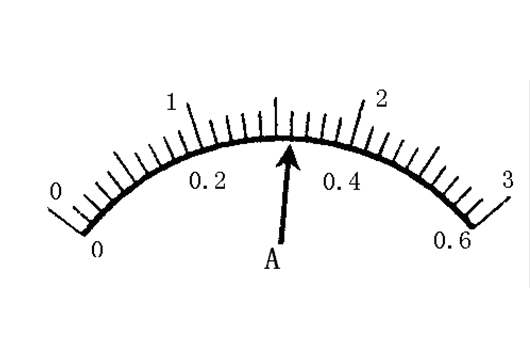
How to use diversion resistanc
How to use diversion resistance measurement circuit currentIn recent years, the ...
2023-05-01 view+ -
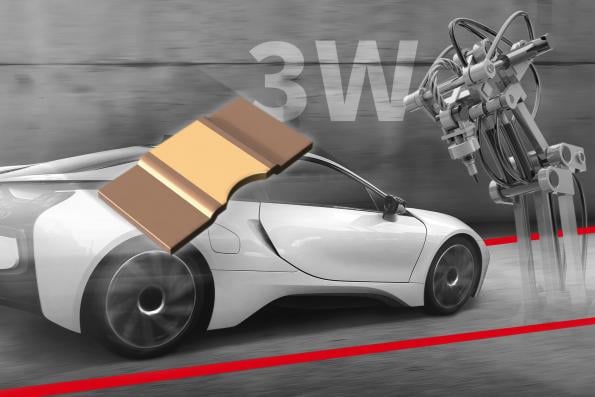
The Significance of Accurate S
In the realm of electrical engineering, accurate current measurement plays a vit...
2023-10-31 view+ -
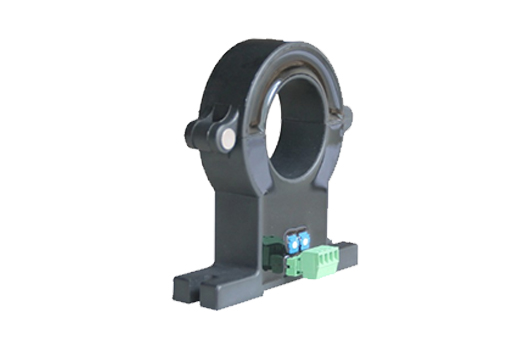
Sensors play an important role
In modern industrial production especially in the process of automatic productio...
2023-04-04 view+ -
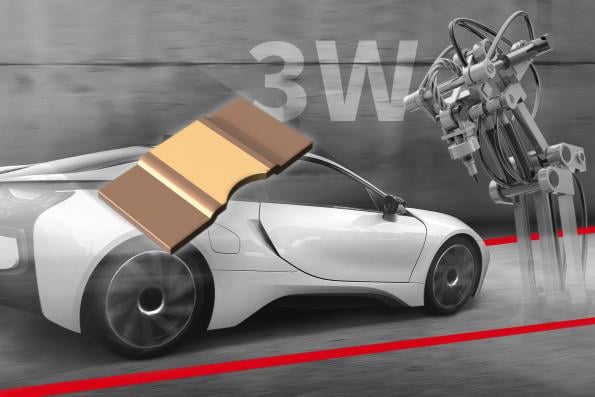
Understanding Shunt Resistors
In the realm of electrical engineering, various components play pivotal roles in...
2023-10-31 view+


